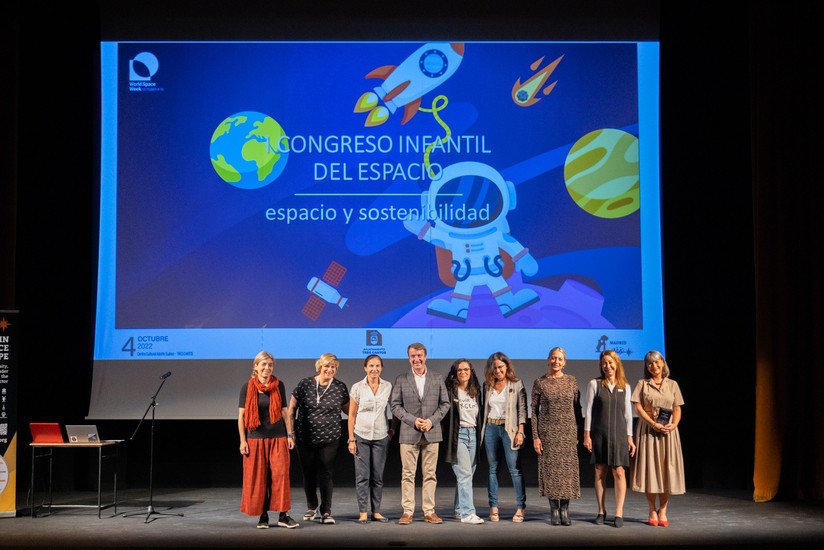GMV celebrates World Space Week

The UN General Assembly established observance of World Space Week as a way to commemorate two important dates: October 4, 1957, which is when Sputnik 1 was launched as the first artificial satellite, and October 10, 1967, which is when the Treaty on Principles Governing the Activities of States in the Exploration and Use of Outer Space went into effect.
World Space Week, observed yearly from October 4 to 10, is an initiative focused on showcasing the contributions made to humanity by science, and specifically by space technologies. It also has the aim of inspiring young people and enhancing their interest in various areas of the space industry. For 2022, the event was held under the slogan, “Space and Sustainability.”
For World Space Week and as an essential company in the sector, GMV held several informational and promotional space activities, contributing to this yearly initiative's objective.
GMV was present through several of its employees on media outlets to speak on important issues like GMV’s participation in the HERA mission and address issues regarding space debris and publicly describe the company’s work to protect space.
Some of our colleagues were part of the organization and were present as speakers at the “First Children’s Space Convention” held on October 4 by the local Madrid chapter of WIA-E Association (Women in Aerospace Europe) at the Adolfo Suárez cultural center in Tres Cantos. Around 800 sixth-year primary school students from educational centers in this town attended the event and learned from our colleagues about the technological developments to fight space debris and how Copernicus’s Earth observational satellites contribute to the planet’s sustainability.
In addition, on Saturday, October 8, the municipal government of Tres Cantos inaugurated an exhibition entitled “Tres Cantos: A View Towards Space”, which will be open to the public until November 27 at the town’s Adolfo Suárez cultural center in the environs of Madrid.
The displays cover various milestones of the space race with a special emphasis on the Spanish contributions to the sector. In the displays, GMV presented the importance of the space sector's activities in our society with several informational murals on the practical application of GMV technology in navigation, Earth observation, telecommunication, and science; GMV’s contribution in protecting space and participating in the HERA mission, supported by a to-scale representation of the binary asteroid system “Didymos”, comprising “Didymain”, the main asteroid and “Dimorphos”, this system’s moon, which GMV used in laboratory tests in its participation in HERA. The exhibition also has an astrophotography display and an area entitled “Women of Astronomy”, which is dedicated to women who have spent their lives studying astronomy.